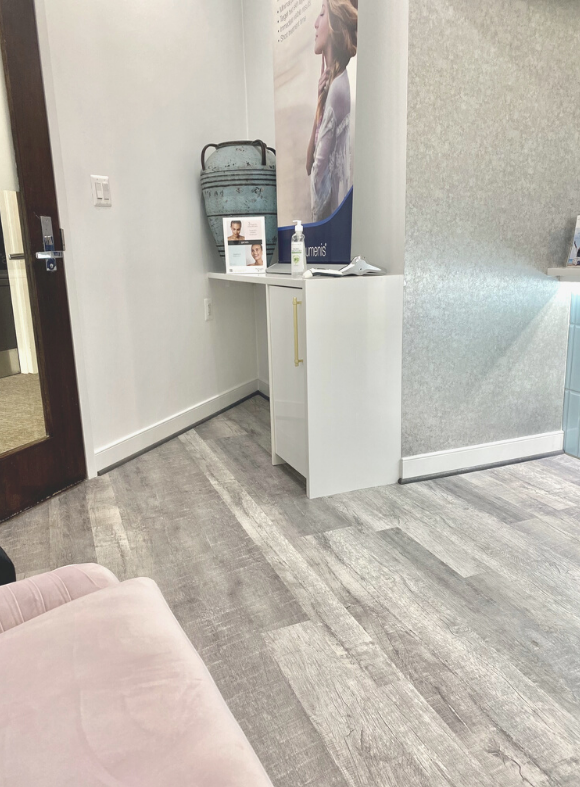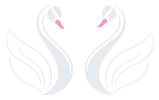welcome
THE COOL LASER PEEL
Advanced Laser Resurfacing for Radiant, Youthful Skin
Transform your skin with state-of-the-art laser technology. Reduce wrinkles, eliminate scars, and achieve a flawless complexion.
What is Laser Resurfacing?
Laser resurfacing is an advanced cosmetic procedure that uses high-intensity laser beams to precisely remove damaged skin layers, stimulating your body’s natural healing process and collagen production.
This FDA-approved treatment effectively addresses multiple skin concerns including deep wrinkles, acne scars, age spots, uneven skin texture, and sun damage. Our expert practitioners customize each treatment to your unique skin type and goals.
With both ablative and non-ablative options available, we can tailor your treatment plan to match your lifestyle and recovery preferences, ensuring optimal results with minimal disruption to your daily routine.
Precision Skin Rejuvenation
Discover the revolutionary treatment that's changing the face of skincare
Our Laser Treatment Options
Ablative Laser Resurfacing
Non-Ablative Laser Resurfacing
Our most intensive treatment option for dramatic results. This method vaporizes damaged skin cells layer by layer, triggering powerful collagen production and skin renewal.
- Treats deep wrinkles and severe sun damage
- Significantly improves acne scars
- Provides dramatic skin tightening
- Long-lasting results (5-10 years)
- Single treatment often sufficient
Recovery time: 7-14 days
Ideal for: Patients seeking maximum improvement
A gentler approach that heats underlying skin tissue without removing the surface layer, stimulating gradual collagen remodeling with minimal downtime.
- Treats fine lines and mild wrinkles
- Improves skin tone and texture
- Minimal to no downtime
- Safe for all skin types
- Can be done during lunch break
Recovery time: 0-3 days
Ideal for: Busy professionals and first-time patients
Essential Aftercare Guidelines for laser skin resurfacing
Keep It Clean
Gently cleanse with prescribed products. Avoid scrubbing or harsh cleansers for optimal healing.
Moisturize Regularly
Apply recommended ointments or moisturizers to promote healing and maintain skin hydration.
Sun Protection
Use SPF 50+ sunscreen daily and avoid direct sun exposure for 4-6 weeks post-treatment.
No Picking
Let peeling skin fall off naturally. Never pick or scratch to prevent scarring.
Stay Hydrated
Drink plenty of water to support your body's natural healing process from within.
Follow-Up Care
Attend all scheduled appointments to ensure optimal healing and results.
Frequently Asked Questions
Everything you need to know about laser resurfacing
🌸 What can I expect during recovery?
Recovery varies based on treatment depth. Expect some swelling, tenderness, and crusting initially. Ablative treatments typically require 7-14 days of downtime with redness fading over several weeks. Non-ablative treatments have minimal downtime with mild redness lasting 1-3 days. We provide detailed aftercare instructions and support throughout your recovery.
How many treatments will I need?
Ablative laser resurfacing often achieves dramatic results in a single treatment. Non-ablative treatments typically require 3-5 sessions spaced 4-6 weeks apart for optimal results. During your consultation, we'll create a personalized treatment plan based on your specific skin concerns and goals.
Is laser resurfacing safe for all skin types?
Modern laser technology has made treatments safer for diverse skin types. Non-ablative lasers are generally safe for all skin tones. Ablative treatments require careful consideration for darker skin types due to pigmentation risks. Our experienced practitioners will assess your skin type and recommend the safest, most effective treatment option.
What results can I expect?
Results vary by treatment type and individual factors. Ablative treatments can reduce wrinkles by 50-80%, dramatically improve scars, and provide significant skin tightening. Non-ablative treatments offer 20-30% improvement in fine lines and texture with gradual enhancement over 3-6 months. Most patients report smoother, clearer, more youthful-looking skin.
How much does laser resurfacing cost?
Treatment costs vary based on the type of laser, treatment area, and number of sessions needed. During your complimentary consultation, we'll provide a detailed cost breakdown and discuss financing options. We believe in transparent pricing and will ensure you understand all costs before beginning treatment. Cost ranges from $500 - 2,500
Ready to Transform Your Appearance?
Leading the way in advanced laser resurfacing treatments with state-of-the-art technology and board-certified specialists.
Consult with our board-certified professionals to determine if this innovative laser procedure is right for you.
At En Sante Med, we specialize in personalized solutions. Our certified professionals ensure top-quality care tailored to you. From initial consultations to aftercare, we’re with you every step
- Location
- Expertise
- Now

CONTACT INFORMATION
Get In Touch!
En Santé Med
LOCATIONS:
1420 Spring Hill Rd, Suite 160, McLean Va, 22102
5225 Wisconsin Ave, Suite 200 Washington DC, 20015

Email: info@ensantemedicalspa.com
Call/TEXT: 703-888-8589